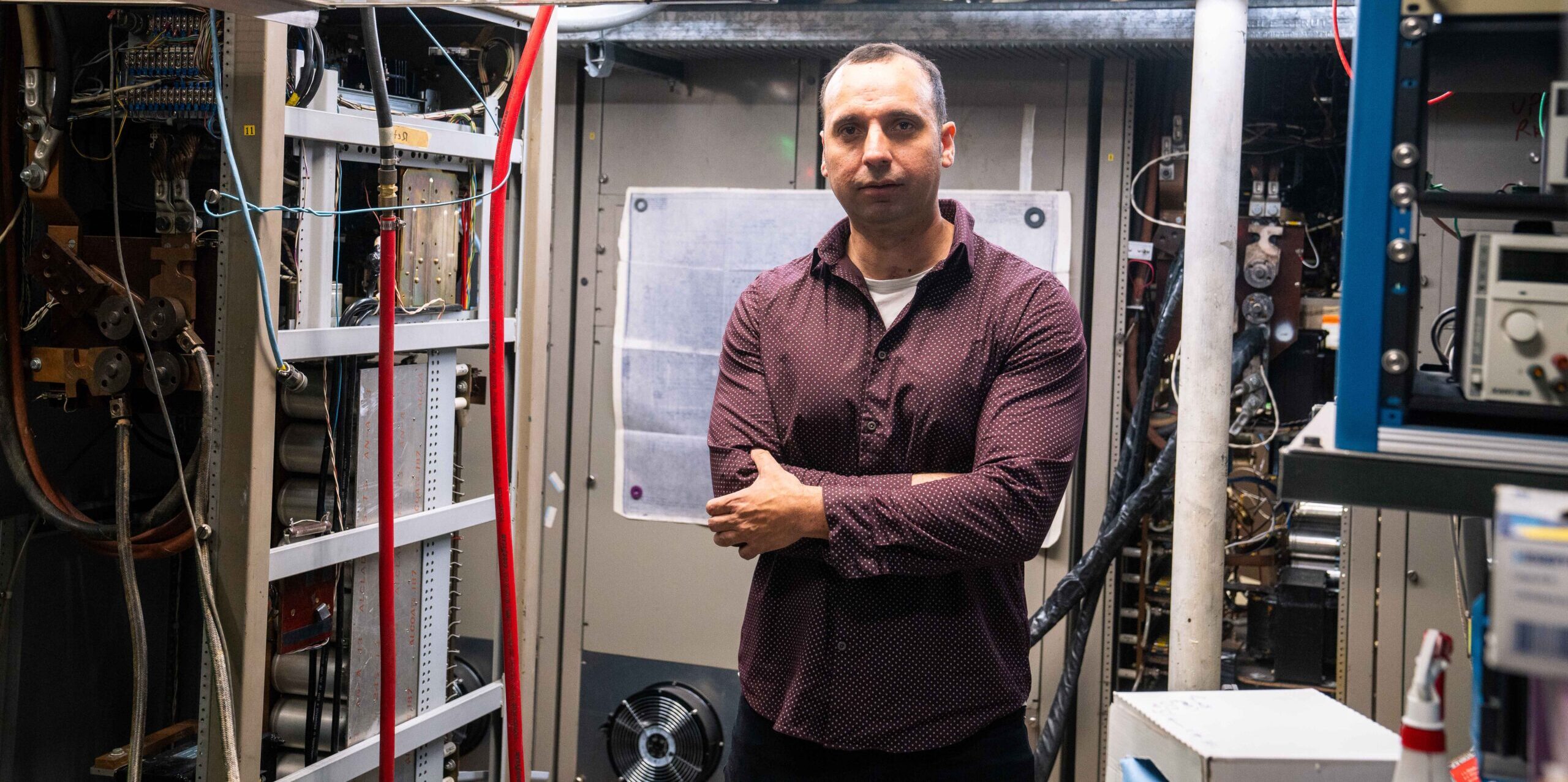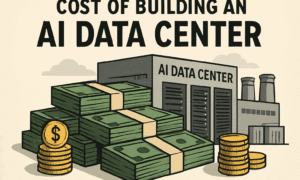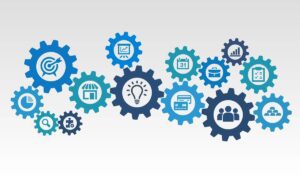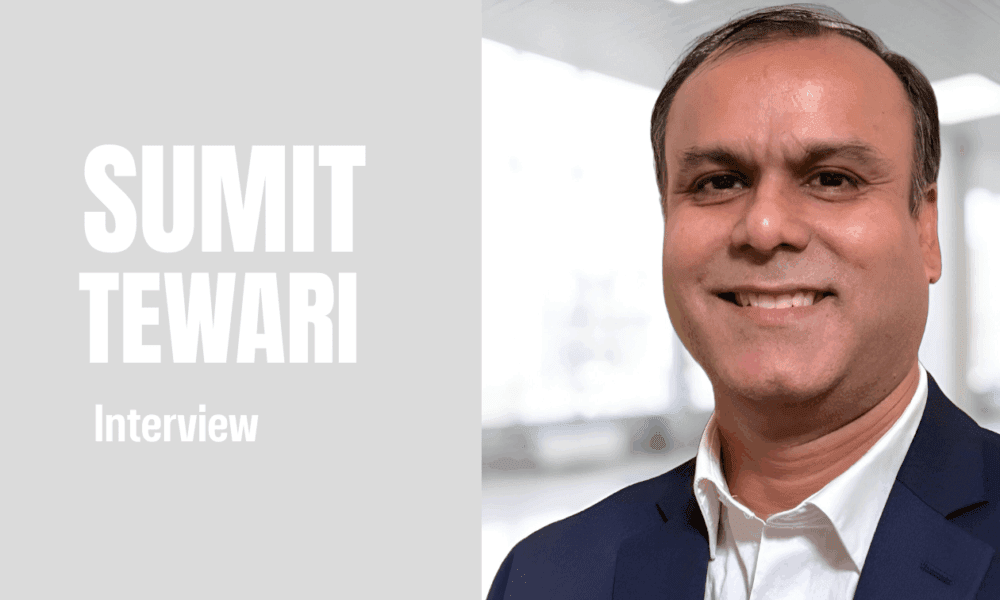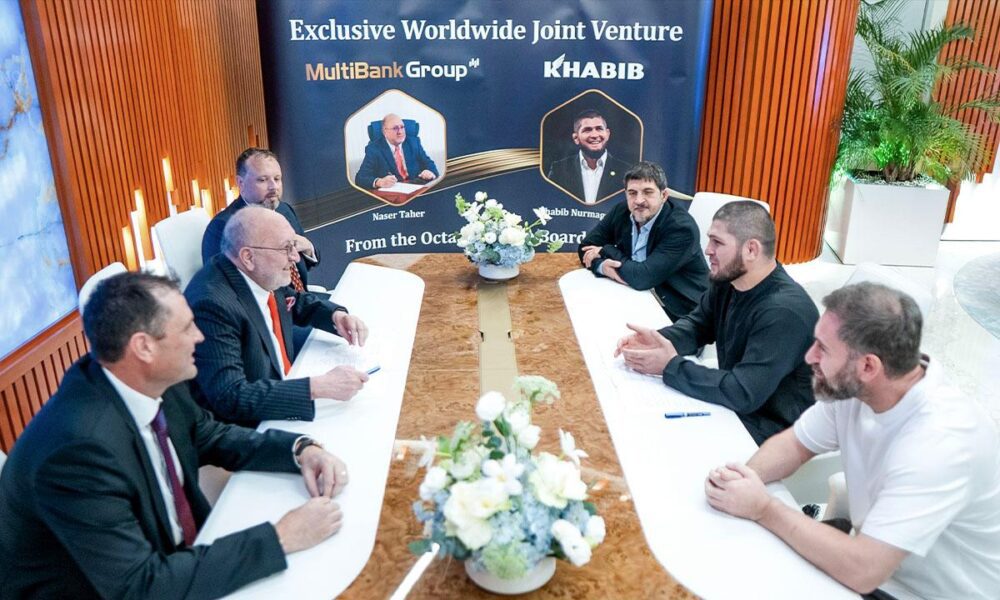In what sounds like the opening of a science fiction movie, Artificial Intelligence (AI), has become a crucial instrument in controlling and maintaining nuclear laboratories. No, we aren’t in the future, rather in an age where scientific advancement is happening at an all time pace. With precision, safety and efficiency paramount, AI is triggering a seismic shift in controlling the operations of nuclear laboratories. One such lab is Crocker Nuclear Laboratory (CNL), part of University of California Davis, is at the vanguard of this promising evolution.
Driven by engineer Claudio Lopez, himself a graduate of UC Davis with a Ph.D in Electrical and Computer Engineering, CNL is at the forefront of this transformative wave. Lopez, a seasoned engineer has experience in the field of particle accelerators through his work with proton therapy and cancer research. He has a unique understanding of the advancements that can be made in treatment with an increase in efficiency and has set out to make CNL a driving force of scientific advancement.
“For years, nuclear labs have relied on analog methods of control,” he explains, “however, particle accelerators are among the most complex machines ever built. Their operation has relied on highly specialized and meticulously calibrated control systems,” To understand the complexities of all of these systems takes a highly skilled and trained professional, something that is in high demand. In order for the next leap to occur in the field of nuclear studies something had to be done to speed up the process.
One of the key areas of improvement has been in predictive maintenance. Instead of working on problems when they arise, AI has been able to predict problems before they occur. “Traditional maintenance schedules have often been reactive,” Lopez says, “addressing issues once they are already a problem can lead to unexpected downtime.” These disruptions can damage critical experiments and even compromise safety protocols. “AI can analyze vast amounts of data generated by sensors to help us monitor the equipment performance,” he explains, “through pattern recognition combined with historical data of the machine it is able to predict when components will break down.”
With safety being a crucial factor in the field of nuclear research, having the backing of AI to monitor each piece of equipment provides peace of mind. “By detecting anomalies and potential failures before they ever occur, AI systems will help reduce the risk of accidents,” says Lopez. The automation of safety procedures reduces the need for manual labor and thus leads to less errors as well as significant cost savings. When this is combined with increased accuracy and performance it can lead to significant advancements in research.
While the implementation of AI into nuclear laboratories does have its benefits, there are some other factors that need to be considered. “Primarily, the investment,” begins Lopez, “not only in installation of cutting edge hardware and software such as NVIDIA computers, neural network models, but also in the training of staff to understand and use the equipment.” There is also the need to ensure that the AI cannot independently devise its own solutions. This is achieved through Lopez containing the scope of its decision making, and a rigorous training process. He sets up limited, specific instructions that keep the system under certain boundaries of operation.
One thing that Lopez is wary of is the vulnerabilities and how they might relate to cyber attacks. “There must be a greater emphasis on building security into AI systems from the ground up,” he says. “Incorporating principles such as robustness, transparency and resilience, is an important start.” However there must also be collaboration between governments, the nuclear industry, and cybersecurity experts ensuring that this valuable source of advancement is not halted or harmed.
Protecting nuclear research is key to driving advancements believes Lopez. By making research more efficient and accurate the work being done with particle accelerators could lead to highly portable cancer therapies. “Proton therapy has shown to be very effective with less side effects than traditional X-Ray radiation,” the engineer points out. This therapy, also known as proton beam therapy, was developed in nuclear laboratories much like CNL. While it could alter the course of millions of lives, it remains large and difficult to install in hospitals.
“I firmly believe that advanced control systems can significantly enhance the quality of treatment and reduce therapy costs.” Lopez believes that right now is the perfect time for nuclear labs to undergo significant upgrades. The ripple effect, according to him, “would be profound, not only in helping the labs become a safer work environment, but by potentially treating thousands if not millions of people suffering from cancer.”
This brave new era of scientific research is one that has embraced the power of technological advancements. Instead of shying away from the unknown of AI, engineers such as Lopez have harnessed its power for progress. The future is now, and efficiency is key, as AI continues to evolve, its transformative power promises to reshape the industry, driving innovation, enhancing safety, and paving the way for a new era of nuclear science and engineering. The responsibility now lies with the stakeholders – researchers, regulators, and industry leaders – to navigate this new landscape effectively and ensure that the potential of AI is harnessed for the benefit of humanity.

